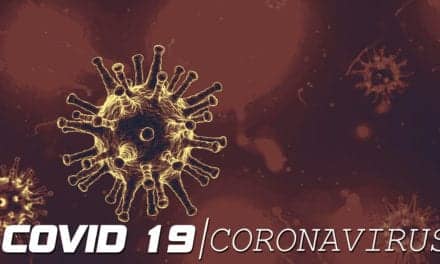A research-based assessment of self-determination is effective with deaf youth and speakers of American Sign Language (ASL), a new study from the University of Kansas and the University of Texas at Austin has shown. An article detailing the research appears on the University of Kansas (KU) website. Promoting self-determination is a way to give young people agency in their education and goals for their future, and the research highlights how self-determination assessment can be used to support deaf youth to communicate about their self-determination and have better educational, career, health, and life outcomes, according to researchers.
The Self-Determination Inventory: Student Report, known as the SDI:SR, developed at KU, is an assessment to help young people identify their self-determination skills and abilities, informing their ongoing learning. While the SDI:SR has been used by students with disabilities in numerous studies, the current study is among the first to look at the SDI:SR ASL version with deaf youth who use ASL. KU researchers partnered with colleagues at the National Deaf Center on Postsecondary Outcomes at the University of Texas at Austin to translate the Self-Determination Inventory into ASL, then to test its use with that population. Results showed the SDI:SR ASL is as valid and effective as the original SDI:SR in American English.
Researchers gave the Self Determination Inventory: Student Report to a sample of 3,309 young people, including 392 deaf youths who used the ASL version.
“We found the Self Determination Inventory is a valid, useful assessment for those who use ASL and can be another tool for educators, schools, and others who work with deaf youth to support them to gain ownership of their education, careers, and lives,” said study co-author Karrie Shogren, director of the KU Center on Developmental Disabilities and professor of special education. “This translation provides access to the SDI for ASL users.”

The study, published in the Journal of Deaf Studies and Deaf Education, was written by Shogren, Daria Gerasimova, Jesse Pace, Tyler Hicks, and Kaitlyn Millen of KU; and Carrie Lou Garberoglio, Jeffrey Levi Palmer, Paige Johnson, Claire Ryan, Jennifer Higgins, and Stephanie Cawthon of the University of Texas at Austin.
The Self-Determination Inventory has several forms, including the Student Report, which was used in the current study, as well as a Parent-Teacher Report and Adult Version. It has also been translated into Spanish as well as ASL, and all versions are available for students, educators, family members, and others at: selfdetermination.ku.edu.
The study compared outcomes of the deaf youths who took the SDI:SR ASL with those of youths with and without disabilities who took the SDI:SR. Results showed the deaf youths scored more similarly to those without disabilities than those with disabilities. That may be because deaf youth have to overcome challenges throughout life resulting from an inaccessible society and inherently practice self-determination, researcher said. The authors noted that “deaf gain,” or benefits that emerge among deaf people and deaf communities that are related to the experience of being deaf, could help explain the finding.
“This is very telling. Deaf youth have self-determination skills and abilities that they use in their day-to-day lives. And when they are able to use their language and have access to the supports they need to express their self-determination, they show they are making things happen in their lives,” Shogren said.
“At the National Deaf Center, we talk with teachers, families, and school administrators across the United States who have told us about the importance of self-determination for deaf youth. They’ve seen it – deaf young people who are prepared to advocate for themselves when facing challenges are better prepared for life after high school, where the barriers for deaf people are deeply embedded in the systems which they navigate,” said Garberoglio, co-director of the National Deaf Center on Postsecondary Outcomes, assistant professor of practice at the University of Texas at Austin and lead author.
The results show that not only can the SDI:SR ASL version be an effective way for deaf students to communicate about their self-determination, it can also support teachers, families, and others to understand how to support deaf youth to take leadership in their own education and life, which has been shown to result in higher academic achievement, better health outcomes, higher-paying careers, and higher life satisfaction. Shogren noted the importance of culturally relevant translation and the partnership between the National Deaf Center and KU. ASL, like any other language, has its own syntax, grammar, and nuances that are vital to any translation.
Researchers will continue gathering data on the experiences of ASL speakers and deaf youths who use the SDI:SR to make sure it is as effective as possible. In the future, they hope to translate SDI to additional languages, beyond the English, Spanish, and ASL versions available now, to support students and others who could benefit from understanding more about their self-determination abilities.
“We’re hopeful to eventually have as many languages available as we can so that all people can access the SDI,” Shogren said. “We think self-determination has universal relevance and can make a difference across the world.”
Original Paper: Garberoglio CL, Gerasimova D, Shogren KA, et al. The Self-Determination Inventory: Student report American Sign Language translation. The Journal of Deaf Studies and Deaf Education. 2022;27(3):245-261.
Source: KU, The Journal of Deaf Studies and Deaf Education
Image: KU





